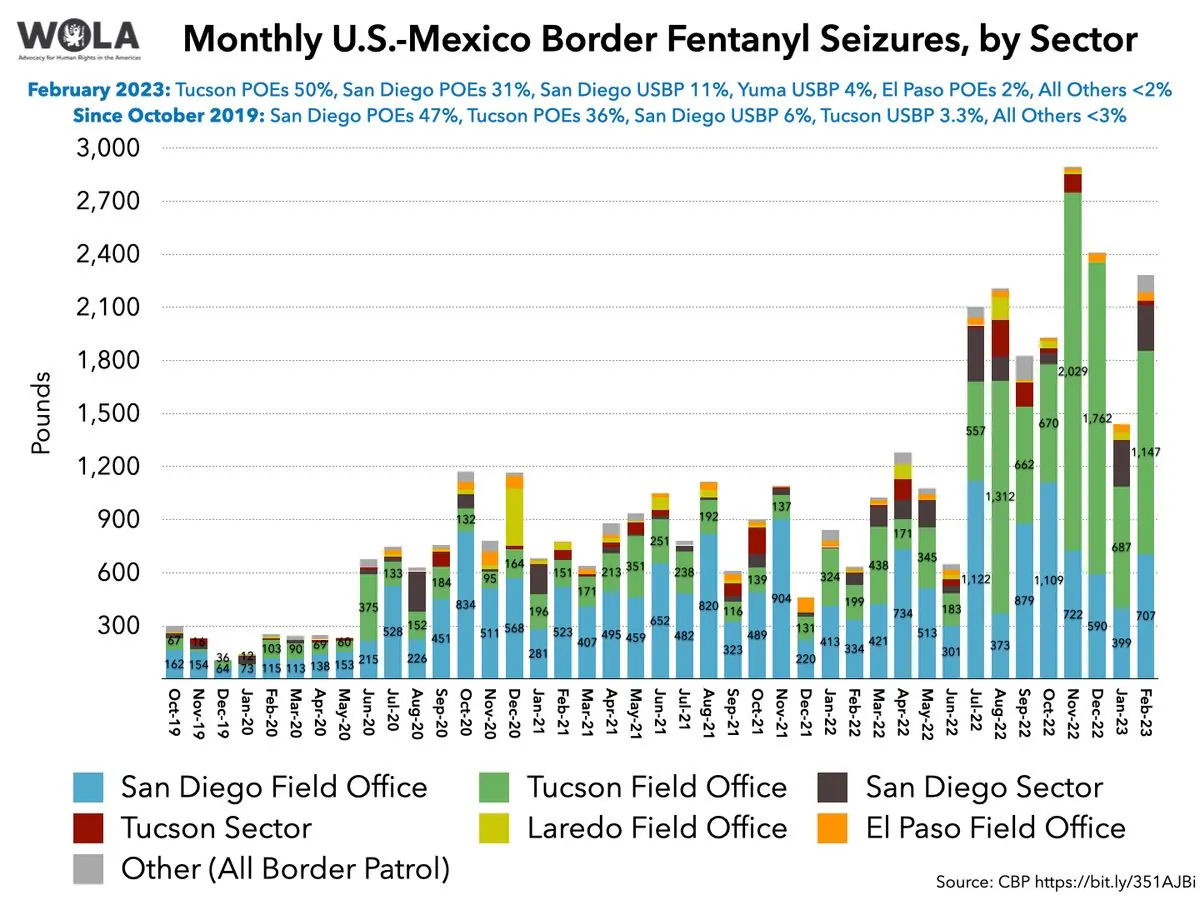Debunking Immigration Myths: Crime, Housing, and Drug Trafficking
Analysis refutes claims linking immigrants to rising crime, housing scarcity, and drug smuggling in the US. Data shows these assertions are often baseless or misleading, contrary to political rhetoric.

In recent years, immigration has become a contentious topic in American politics, with various claims made about its impact on crime, housing, and drug trafficking. This article aims to examine these assertions and provide a factual perspective on the issue.
Donald Trump and other Republican politicians have frequently claimed that the United States is experiencing a surge in violent crime driven by immigrants. However, this assertion is not supported by evidence. In fact, studies have consistently shown that immigrants are less likely to commit crimes than native-born Americans. This finding aligns with historical patterns, as the Immigration and Nationality Act of 1965, which abolished national-origin quotas, did not lead to increased crime rates.
The claim of a "migrant crime" crisis is similarly unfounded. Crime rates, particularly violent crime, have actually decreased in recent years following a spike at the beginning of the COVID-19 pandemic in 2020. It's worth noting that this spike occurred during the final months of the Trump administration, not under President Joe Biden.
Regarding drug trafficking, particularly fentanyl, the narrative that undocumented immigrants are the primary smugglers is misleading. While it's true that fentanyl often enters the US through the southern border, most seizures occur at legal entry points, not from individuals crossing the border illegally. The ease of concealing fentanyl makes vehicle smuggling more efficient, and interestingly, over 80% of those sentenced for fentanyl smuggling are US citizens.

On the topic of housing, Senator JD Vance claimed during a recent vice-presidential debate that immigrants are driving up housing costs and reducing availability for American citizens. However, this assertion oversimplifies a complex issue. While it's true that the United States has the highest immigrant population globally, with about 50.6 million immigrants as of 2022, housing constraints are primarily due to zoning regulations rather than immigration. Moreover, immigrants often contribute significantly to the construction industry, helping to build new homes.
The claim about illegal firearms trafficking is another area where misconceptions abound. Contrary to assertions that Mexican drug cartels are flooding the US with illegal guns, the reality is quite the opposite. In 2023, US border agents intercepted seven times more weapons heading south into Mexico than they did in 2019. This aligns with a 2013 report highlighting that Mexico has some of the world's most restrictive gun legislation, while the US has comparatively lax gun laws.
It's crucial to recognize that about one in four children in the US has at least one immigrant parent, underscoring the integral role immigrants play in American society. Programs like the Deferred Action for Childhood Arrivals (DACA), established in 2012, aim to address the complex realities of immigration in the US.
In conclusion, while it's true that any crime committed by an undocumented immigrant would not have occurred if that person weren't in the country, the same logic could be applied to any demographic group. The data consistently shows that immigrants are not driving increases in crime, housing scarcity, or illegal firearms trafficking. As the immigration debate continues, it's essential to base discussions on factual information rather than unfounded claims or political rhetoric.
"We have a lot of Americans that need homes. We should be kicking out illegal immigrants who are competing for those homes and we should be building more homes for the American citizens who deserve to be here."
This statement, while emotionally charged, lacks empirical support and oversimplifies the complex issues surrounding housing availability and immigration in the United States.


































